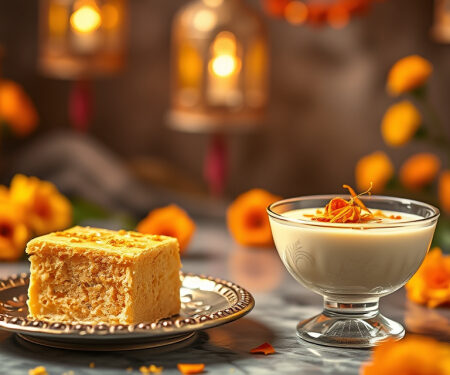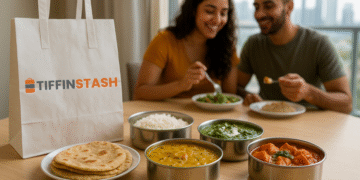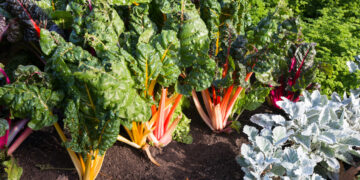As the air fills with the scent of sandalwood, marigolds bloom across doorsteps, and vibrant effigies of Ravana stand tall, India readies itself for the celebration of Dussehra—a festival that marks the victory of good over evil. Along with rituals, fireworks, and grand processions, sweets play an essential role in the festivities. Among the many delicacies that grace Indian households during Dussehra, Kheer and Mysore Pak hold a special place, not just for their taste but also for their cultural and symbolic significance.
Kheer: A Sacred Offering of Love and Abundance
Kheer, a traditional Indian rice pudding, is more than just a dessert. Made with rice, milk, sugar, and flavored with cardamom, saffron, and dry fruits, kheer is often associated with prosperity and devotion.
A Symbolic Offering
In many parts of India, kheer is offered to deities during Navratri and Dussehra, especially to Goddess Durga on Vijayadashami. It symbolizes purity, nourishment, and the sweet rewards of devotion. In temples and homes alike, kheer is prepared as prasadam—a sacred offering that is later distributed among devotees.
Regional Variations
From payasam in South India to firni in North India, the humble kheer takes on many forms, each infused with regional ingredients and techniques. During Dussehra, it is often served after the completion of puja rituals, bringing a sense of fulfillment and celebration to the end of the Navratri season.
Mysore Pak: The Royal Sweet of Victory
If kheer is the dessert of devotion, Mysore Pak is the dessert of triumph. Originating from the royal kitchens of Mysore in Karnataka, this golden sweet made with gram flour, ghee, and sugar is a fixture during Dussehra celebrations, particularly in South India.
A Sweet Born of Royalty
The legend goes that Mysore Pak was first created in the royal palace of the Wodeyar kings during Dussehra—a time when Mysore transforms into a city of lights, processions, and grandeur. The sweet quickly became a favorite and has since become synonymous with the Mysore Dasara festival, a 10-day celebration that culminates on Vijayadashami.
Richness that Reflects Festivity
The rich, melt-in-the-mouth texture of Mysore Pak reflects the indulgent spirit of Dussehra. It is often prepared in large quantities during the festival, gifted to friends and family, and offered during community gatherings and temple feasts. Its golden hue is also symbolic of victory, auspicious beginnings, and abundance.
Sweet Traditions, Shared Joy
Dussehra is not just a religious festival—it’s a time of renewal, unity, and gratitude. Sweets like kheer and Mysore Pak transcend culinary enjoyment; they are woven into the fabric of celebration, symbolizing offerings to the divine, sharing with loved ones, and the sweetness of victory.
Whether you’re savoring a bowl of creamy kheer at a family gathering or biting into a piece of Mysore Pak at a temple procession, these sweets bring alive the essence of Dussehra—a time when light conquers darkness, and good prevails over evil, always with a touch of sweetness.





















